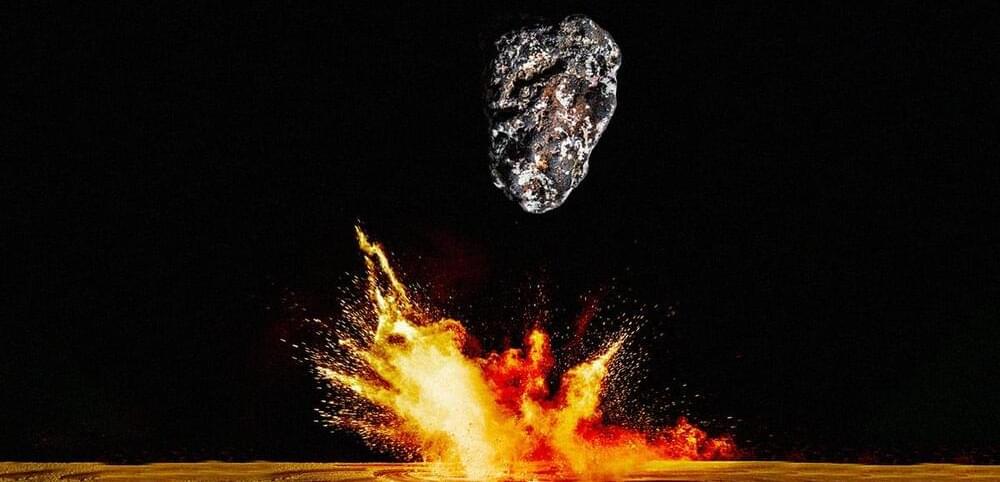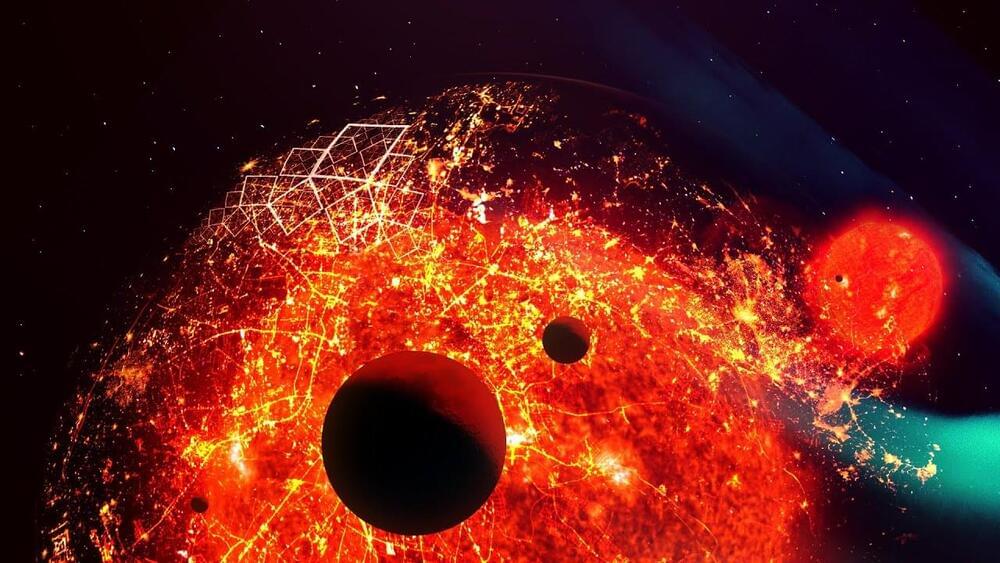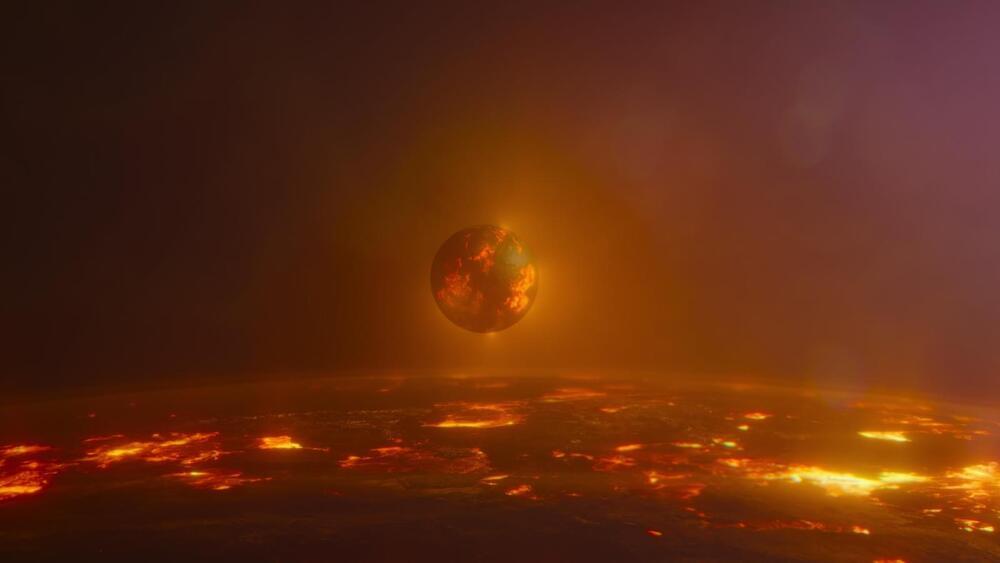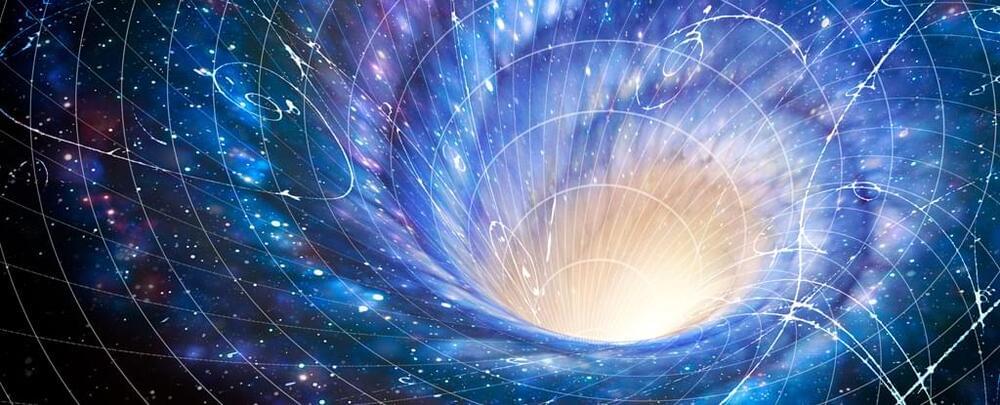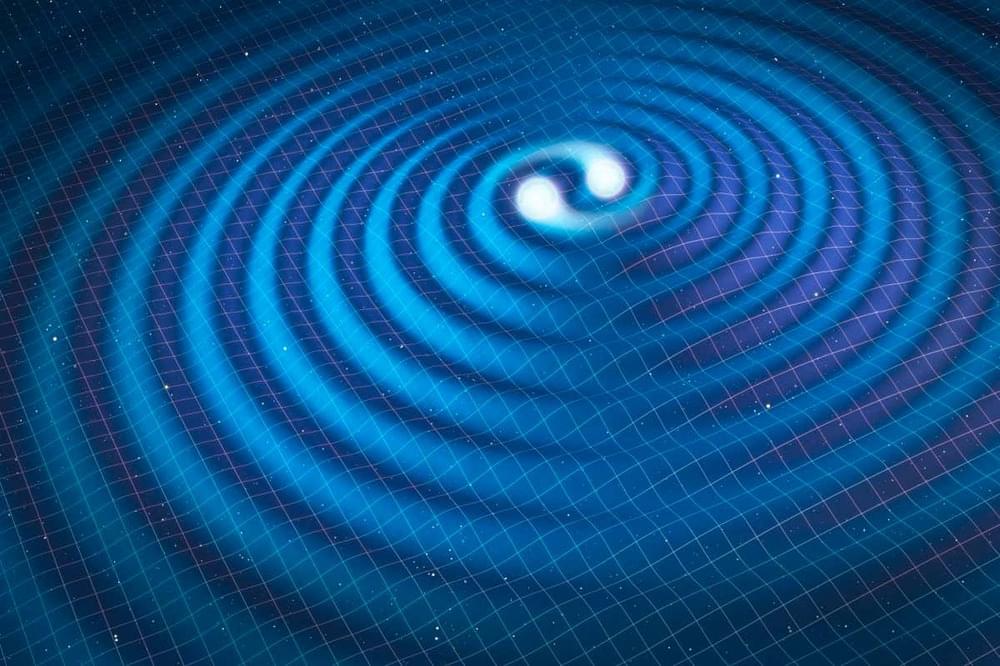Nov 12, 2022
Scientists Reproduce Fascinating, Powerful Material Found in Meteorite
Posted by Josh Seeherman in categories: materials, space
In an unprecedented experiment, two teams of scientists on either sides of the Atlantic have replicated a material that was previously not produced anywhere on Earth.
As NPR reports, the replication of this powerful compound could have huge implications not just for the manufacturing of high-end machinery, but also for international relations to boot.
Called tetrataenite, the primarily iron-and-nickel compound is normally able to cool for millions of years as it tumbles around in asteroids. As a press release out of the University of Cambridge notes, the researchers who worked in tandem with Boston’s Northeastern University found that if they add phosphorous to the mix, they were able to make synthetic tetrataenite.
